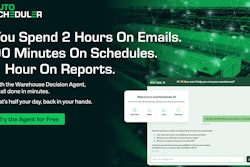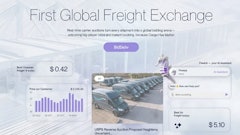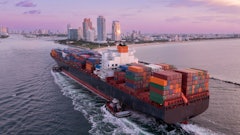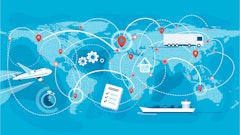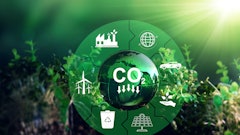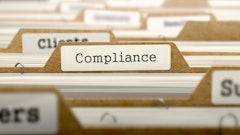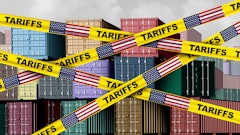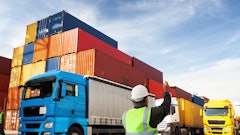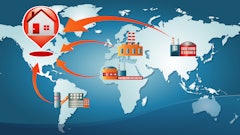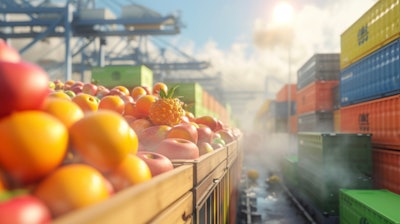
The journey of a tomato from a farm in Mexico to a supermarket shelf in the United States used to be a relatively simple trip. But in 2025, that trip has become more complicated. With escalating tariffs, political uncertainty, and climate disruptions, that bright red fruit now symbolizes the broader challenges (and opportunities) facing global supply chains.
So how does the tomato get here now? And what are brands doing to make sure it still arrives fresh, safe, and at a fair price? The answer lies in a blend of traditional logistics and cutting-edge technology, most notably artificial intelligence (AI), real-time data, and smart supplier diversification strategies.
Chapter 1: The sourcing puzzle begins
Just across the border in Sinaloa, Mexico, tomatoes are harvested daily, packed into crates, and prepped for export. But with the United States reimposing tariffs on certain agricultural imports from Mexico, that farm suddenly finds itself in the crosshairs of trade policy. For U.S. food brands, this means one thing: find alternative sources, and fast.
Digital sourcing platforms, like those used by leading retailers, leverage AI to scan databases for new supplier options based on strict parameters: climate compatibility, growing certification, ethical labor standards, logistics capacity, and even political risk scores. With hours, a buyer can identify promising farms in Colombia or even within southern U.S. states, mitigating dependency on a single country.
Chapter 2: Building a compliant, transparent chain
Once a new supplier is found, the real work begins. Traceability is critical, especially in food logistics, where safety, authenticity, and regulatory compliance can't be compromised. Here, platforms that manage supplier compliance and traceability come into play. These systems create a digital trail of every tomato: what farm it came from, what pesticides were used, whether it passed third-party audits, and if it meets U.S. import regulations like the Food Safety Modernization Act (FSMA).
Smart platforms automate document collection and verification. So, instead of relying on scanned PDFs and back-and-forth emails, companies get real-time updates and alerts if something falls out of spec, like a shipment missing a required food safety certification.
Chapter 3: Accelerating onboarding and avoiding empty shelves
Before any tomato can make the trip, the new supplier must be onboarded quickly. In the past, this could take months. Now, using digital product lifecycle and supply chain platforms, buyers can onboard vetted suppliers in a matter of days.
Self-service onboarding portals let suppliers upload their business information, certifications, insurance, and testing results in one place. Integrated compliance checks reduce the risk of onboarding a non-compliant vendor, and digital contract workflows speed up approvals that used to be buried in paperwork. By reducing onboarding time, brands are better able to avoid shelf shortages and price hikes, two things consumers are watching closely as grocery bills continue to rise.
Chapter 4: Arrival and retail realities
After thousands of miles, the tomato arrives in a U.S. distribution center. Thanks to improved end-to-end visibility across the supply chain, logistics teams can track delays, temperature exposure, and time-in-transit to ensure the fruit arrives in peak condition. All of this technology supports both logistics and business decisions. Real-time dashboards help supply chain leaders forecast shortages, reallocate inventory, and even optimize for carbon emissions.
For consumers, that might mean they never notice the turmoil behind the scenes, but for supply chain professionals, the digital transformation is what keeps fresh tomatoes (and countless other goods) flowing.
A better path forward
The humble tomato's journey reflects a much larger truth: supply chains are no longer solely about moving goods from Point A to Point B. They're about managing risk, ensuring transparency, and moving fast without breaking the rules or the bank.
Companies that embrace supplier diversification powered by AI, real-time data, and digital onboarding are better positioned to thrive in the current trade climate. Resilience isn't built overnight, but it can be built smarter.







